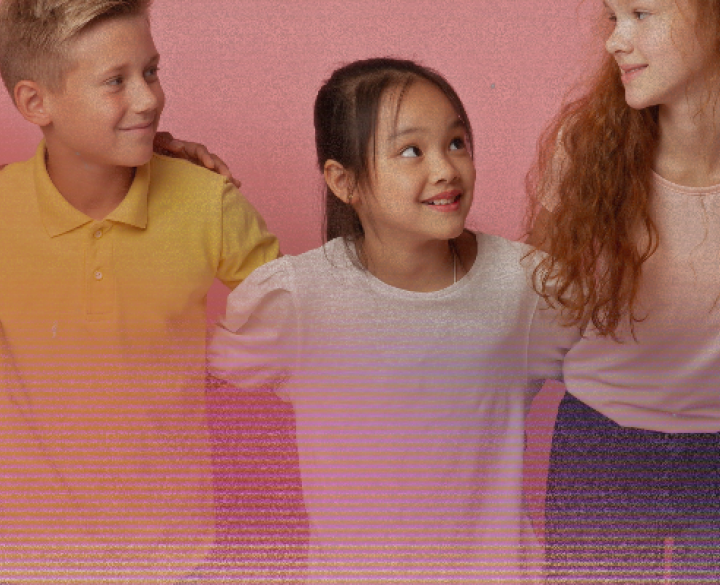As in 2020, the objectives of this control campaign were to check the safety and conformity of children's clothing on the Belgian market, and to ensure that non-compliant and/or dangerous products are removed from the market.
The campaign focused on clothing intended for children up to 14 years of age, and more specifically on cords and their accessories (buttons, stoppers, etc.) found on the clothing.
Cords or drawstrings in children's clothing have played a role in a number of fatal accidents involving children in Europe and elsewhere. Because they usually end in a knot or stopper, these cords can become entangled in fixed or mobile devices, causing injuries or fatalities from strangulation.
There are two main groups of accidents, depending on the age of the child:
- in children younger than 7 years: hooded cords that become entrapped in playground equipment such as slides, resulting in fatal accidents;
- in children between 7 and 14 years of age: cords and strings at the waist and the bottom of clothing getting caught in moving vehicles such as buses (specifically the doors), ski lifts and bicycles, causing children to be dragged along or crushed by the vehicle, leading to serious injury or death.
In 2021 and 2022, the FPS Economy visited shops that sell clothing only as well as department stores. Several children's clothing stores there were inspected on site and 40 of them were sampled for a more thorough check.
The FPS Economy checked compliance with the technical requirements of the safety standard.
Please note: The results of this campaign concern products on the Belgian market sampled by FPS Economy control agents.
Findings
According to the checks carried out during this campaign, 31 of the 40 garments sampled on the Belgian market did not comply with the requirements of standard EN 14682:2014. In addition, 8 of these 31 garments did not comply with the administrative requirements listed in Book IX of the Economic Code.
Ultimately, of those 31 non-compliant garments:
- 23 a serious risk;
- 7 a high risk;
- 1 a medium risk;
Among the garments that posed a serious risk, there were:
- 12 intended for children under 7 years old;
- 11 intended for children aged between 7 and 14 years.





